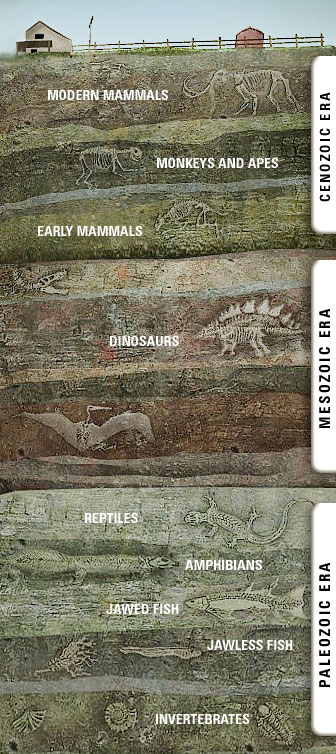In class 9/26/13, we reviewed chapter 4 of Survival of the Sickest.
Chapter 4 was about Favism, the most common enzyme deficiency in the world, 400
million people are affected by it. Favism is most common and deadly in North
Africa and Southern Europe, around the Mediterranean Sea. Favism is carried on
the X chromosome, making it more common in men because they have XY chromosome,
while women have XX chromosome. If Favism affects one X chromosome, women still
have another X chromosome, while men only have one X chromosome.
Favism is a G6PD deficiency, caused
by eating fava beans. Fava beans are mad of two sugar compounds: Convicine and
Vicine. Which produces free radicals(unpaired electrons) that attack red blood cells
and burst them, and produces hydrogen peroxide. This can lead to hemolytic
anemia and sometimes death.
The G6PD deficiency carried in people with Favism, is due to
evolution to fight Malaria which is prevalent around the Mediterranean Sea. Malaria
is a deadly disease transmitted through mosquitos with parasites. The G6PD deficiency
is an advantage because it makes red blood cells less hospitable for Malaria,
and reduces their chances of getting Malaria and Malaria seeks healthy red
blood cells.
Malaria and red blood cells
Plants develop toxins to defend
against predators, so they can survive and reproduce. For example, the Cassava
plant, when eaten raw produces cyanide which can be fatal. Another example are Nightshades
( spicy peppers), Nightshades produce Capsaicin, a sticky poison which cannot
be dissolved in water. The last example is the Jimsonweed, the Jimson weed
produces chemicals which can cause hallucinations.
Cassava Plant
In class, we also chose the organism
for our Paleontology project. My partner and I chose Hippocampus Sarmaticus(
early seahorse) and for the rest of the class period we researched the
organism.





























